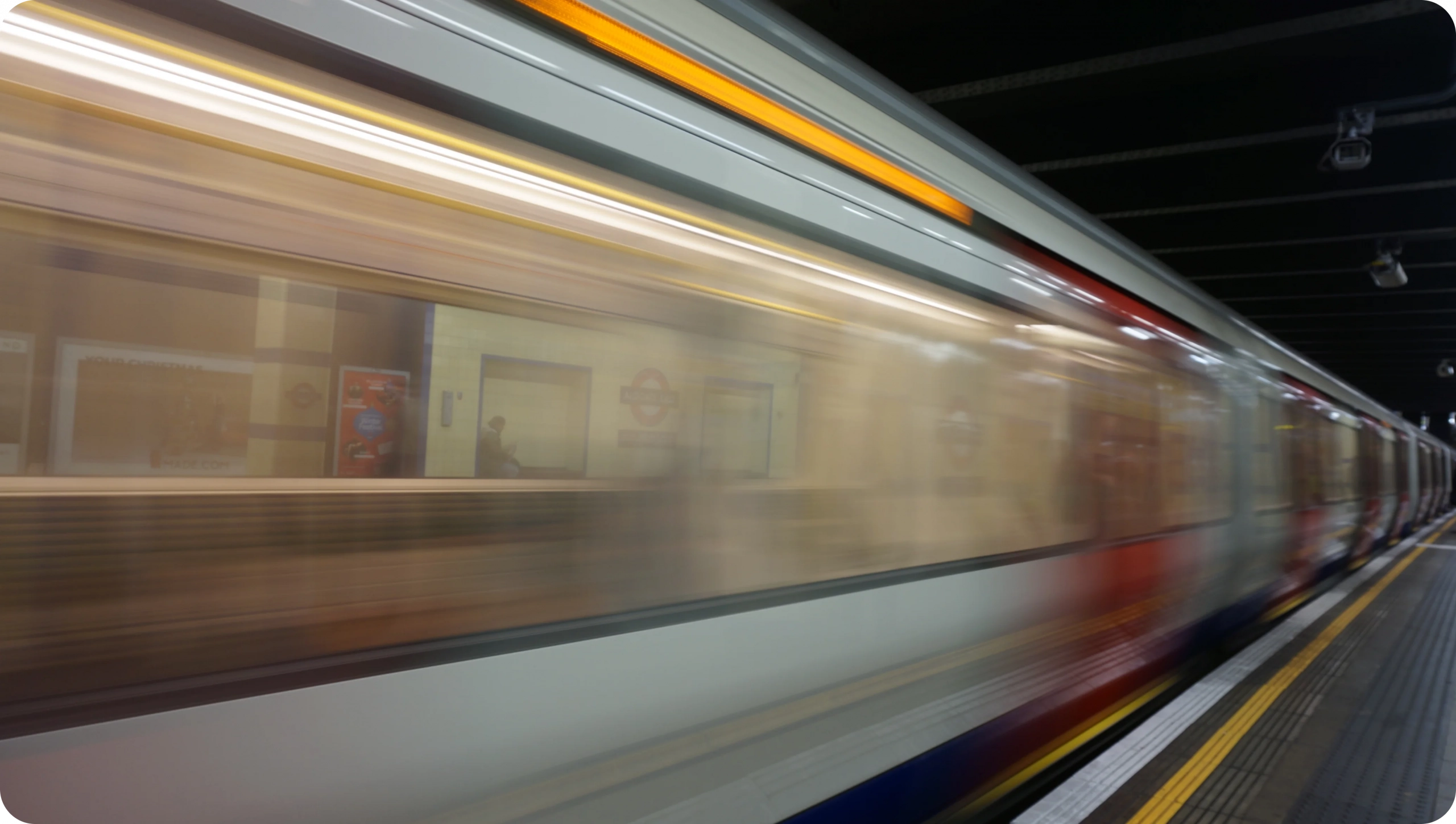The Railway systems have undergone a great deal of evolution over the last decades. Society increasingly demands a higher quality of service: faster journeys, punctuality, more frequent journeys and flexibility. These are increasingly sophisticated systems, providing a better response to all these demands and incorporating the necessary technology to meet these expectations.
As the frequency and severity of potential disasters increases due to the inherent risk of service improvement, additional measures must be taken to ensure safety of both people and infrastructure.
A analysis RAMS (Reliability, Availability, Maintainability & Safety) can be described as a quantitative and qualitative indicator of the extent to which a system, sub-system or its constituent components can be relied upon.
The study of Reliability (Reliability) has as its objective the quantitative estimation of the guarantees of the correct functioning of a system. It is related to the failures of the system that lead it to be unable to perform its functionality, the failure being the deviation from the specified behaviour, caused by a fault or error in the system. Some of the key metrics used are:
- MUT: Mean Up Time - Average Active Time
- MTTF: Mean Time To Failure - Mean Time To Failure (for non-repairable items)
- MDTF: Mean Distance To Failures
- MTBF: Mean Time Between Failure (for repairable items)
- MDBF: Mean Distance Between Failures (for repairable items)
- Failure rate the key indicator in measuring system reliability. It is time-dependent and represents the probability that an element that has been operating for a period of time will fail within a certain interval.
The Availability (Availability) of a system is ensured by:
- The high intrinsic reliability of the components that comprise it
- Redundancy of equipment to ensure that a single failure does not result in the loss of the primary mission.
- Progressive degradation to mitigate the impact on performance when a failure occurs.
- The capability for both initialisation and periodic testing, carried out to ensure that all equipment is in serviceable condition.
The best way to measure availability is expressed as the probability that an element or system will operate in a given time, calculated by dividing the mean productive time (MUT) by the sum of the mean productive time and the mean downtime (MUT + MDT).
The Maintainability (Maintainability) of a system is ensured by detectability (ability of the diagnostic system to isolate the source of failure), accessibility to installations, modularity and interchangeability of components and logistical management of maintenance. Some of the key KPIs are:
- Component repair index (µ).
- MTTR: Mean Time to Repair - Most used indicator
- MDT: Mean Down Time - Includes MTTR plus logistical (MLD) and administrative (MAD) times.
Finally, the Safety (Safety), driven by the Railway Safety Directive 2016/798/EU, addresses the need to create a homogeneous safety system and creates:
- Common Security Targets (CST - CST)
- Common Security Methods (CSM - CMS)
- Common Security Indicators (CSI)
The MCS shall describe the procedures for assessment of the level of security, the Commission shall ensure the achievement of safety objectives and compliance with other safety requirements through the development and definition of:
- Risk assessment and evaluation methods
- Methods for assessing conformity with the requirements of the certificates security clearances and security authorisations.
- In so far as they are not yet covered by a TSI, methods of checking that the structural subsystems of the trans-European conventional and high-speed rail systems are operated and maintained in accordance with the essential requirements applicable to them.
For the correct evaluation and assessment of railway risk, the European Union created the EU/402/2013 regulation , which aims to harmonise the procedures and methods for carrying out risk assessment and for applying control measures whenever a change in operating conditions or new material entails new risks to the infrastructure or services.
In critical systems, reliability is the most important system property, as it reflects the confidence that a system will not fail in normal operation. A proper RAMS analysis will be key in assessing risks.
The CENELEC standard (EN 50126, EN 50128 and EN 50129) establishes a systematic process for RAMS Management throughout the life cycle. It defines a methodology that can be applied to all Elements, Subsystems and Systems that make up the Rail System.
At Exceltic, we are experts in the complete management of RAMS projects and training, applying EN 50126, EN 50128 and EN 50129, as well as the common safety methods (EU 402/2013), achieving excellence in service for all our clients.






